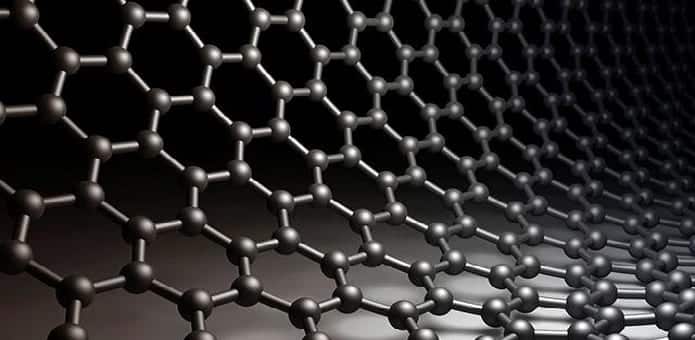Scientists use Graphene for the next-generation of fuel-efficient cars
Graphene seems to be the right answer to the automotive industry to build a much greener and fuel efficient vehicle in future which would convert heat into electricity.
A lot of heat is generated by the engine of a running vehicle such as car, a bike, and even a computer. Under normal condition this heat gets wasted; however just wonder if this heat is harvested and used to recharge the batteries of car or power the car’s air-conditioning, would it make some difference? Yes, of course this would bring a significant change in the next generation of automotive industry as this technology of converting heat into electricity would lead to lesser consumption of the fuel.
It has been observed that in case of an average car around 70% of the energy that has been generated by fuel consumption is lost to heat. By using a ‘thermoelectric material’, one can harvest this heat.
Thermoelectric materials can generate electrical current when there is a difference in the temperature between one side of the material and the other. Thus Thermoelectric materials are able to convert heat to electricity and vice versa which can be seen in refrigerators.
The limitation here is that the material should not only be a good conductor of electricity but it should also be able to dissipate heat properly.
In the present scenario, the materials which can exhibit the Thermoelectric property are the ones which are usually toxic or they can work only under very high temperatures; on the contrary the heat generated by a car’s engine is not sufficient enough to convert it into electricity by the thermoelectric materials. Also these materials are too costly to be used commercially.
Traditional materials thus cannot serve the purpose and hence scientists had to move towards nanomaterials.
Scientists at the University of Manchester, U.K. in collaboration with the company European Thermodynamics Ltd. are now making use of graphene to generate low cost thermoelectric materials which finds a wide application in the automotive industry.
The research team, led by Prof Ian Kinloch, Prof Robert Freer and Yue Lin added a small amount of graphene to strontium titanium dioxide (STO). Originally STO is a thermoelectric material which is able to generate current from heat only at very high temperature; however it was seen that with addition of graphene, STO started showing its thermoelectric property at the room temperature.
Prof Freer said: “Current oxide thermoelectric materials are limited by their operating temperatures which can be around 700 degrees Celsius. This has been a problem which has hampered efforts to improve efficiency by utilizing heat energy waste for some time.”
He added: “Our findings show that by introducing a small amount of graphene to the base material can reduce the thermal operating window to room temperature which offers a huge range of potential for applications.”
Prof Freer further also added: “The new material will convert 3-5% of the heat into electricity. That is not much but, given that the average vehicle loses roughly 70% of the energy supplied to it by its fuel to waste heat and friction, recovering even a small percentage of this with thermoelectric technology would be worth while.”
The details of the research and its findings have been published in the journal ACS Applied Materials and Interfaces.
The study showed that the superlative property exhibited by Graphene along with its small size actually helps to slow down the transfer of the heat through the material which also leads to lowering the operating temperature to the desired levels.
The study would also help the car manufacturers who have been looking out for methods to improve the fuel efficiency along with performance retaining capacity of their cars. Addition of Graphene would also help in reducing the cost of fuel and further when it is used as a composite material in chassis or bodywork it will also considerably help to reduce the overall weight of the automobile.
